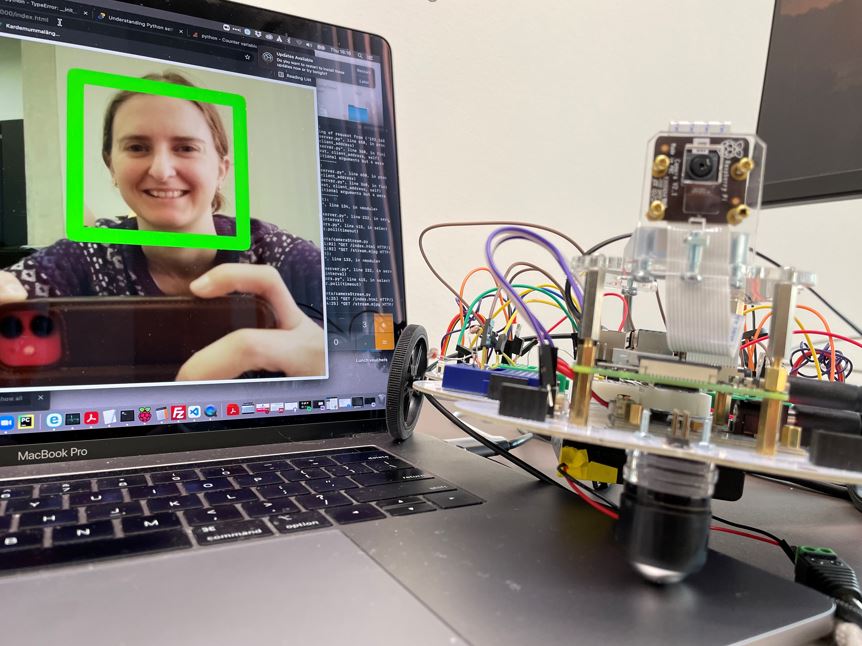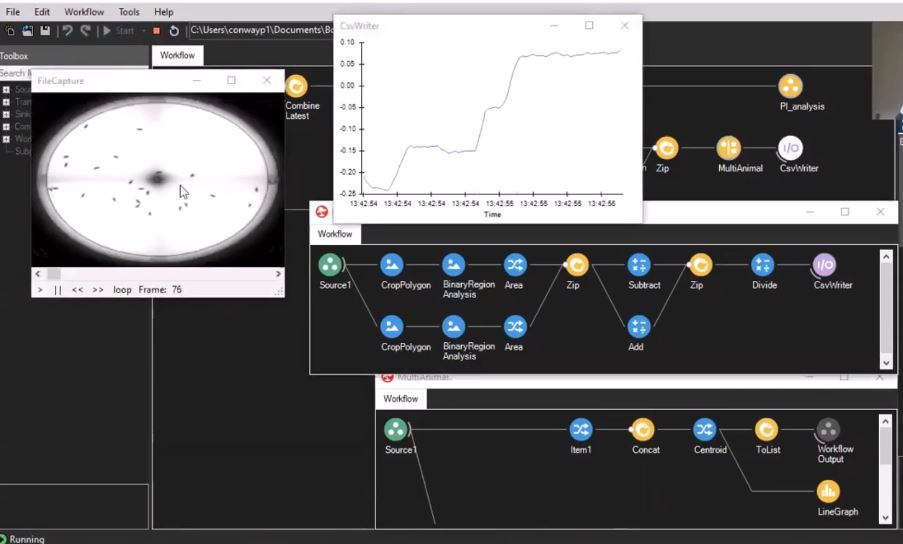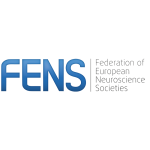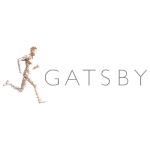The NeuroKit courses combine the benefits of a practical hands-on course with the online tutoring and training format. This is achieved by sending neuroscientists throughout the world an experimental box containing all the physical materials prior to the course.

Curriculum
Currently, there is no available curriculum that provides hands-on hardware and software skills training on the fundamental technologies of neuroscience for young neuroscientists. For this the Cajal Programme is developing a new curriculum where participants can build their own equipment, record their own data and also analyze the data recorded under the guidance of an expert faculty comprised of internationally renowned neuroscientists. In addition, the materials and topics of the curriculum are constantly updated to cover the latest technologies.
Find out here what we teach.
Audience
These courses are mainly targeted for master and first-year PhD students to provide a broad knowledge base of modern neuroscience tools at the start of their independent research careers. For more advanced neuroscience courses on specific topics, have a look at our on-site courses curriculum.
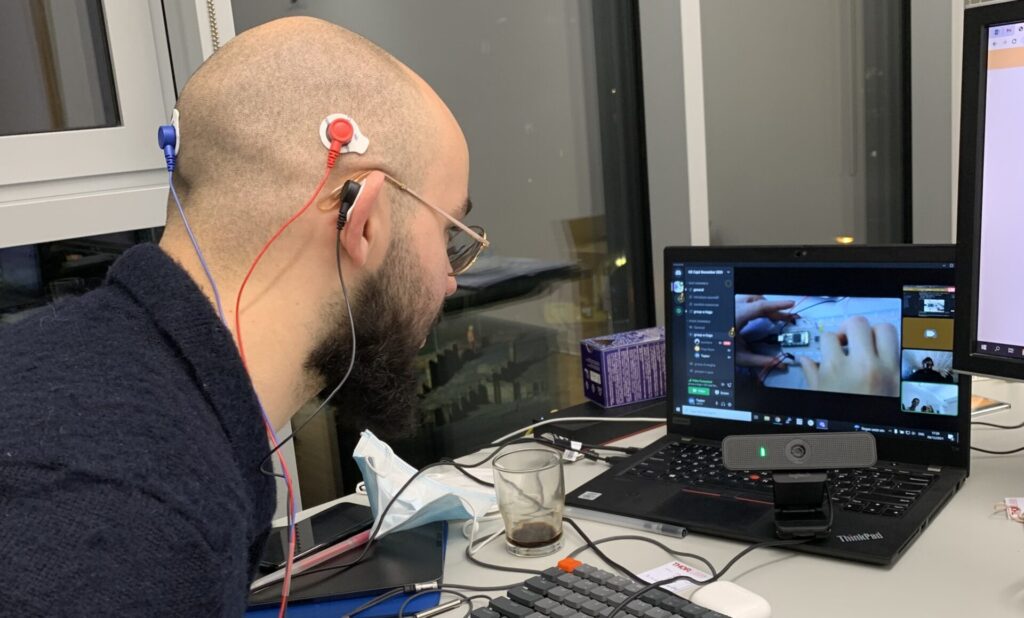
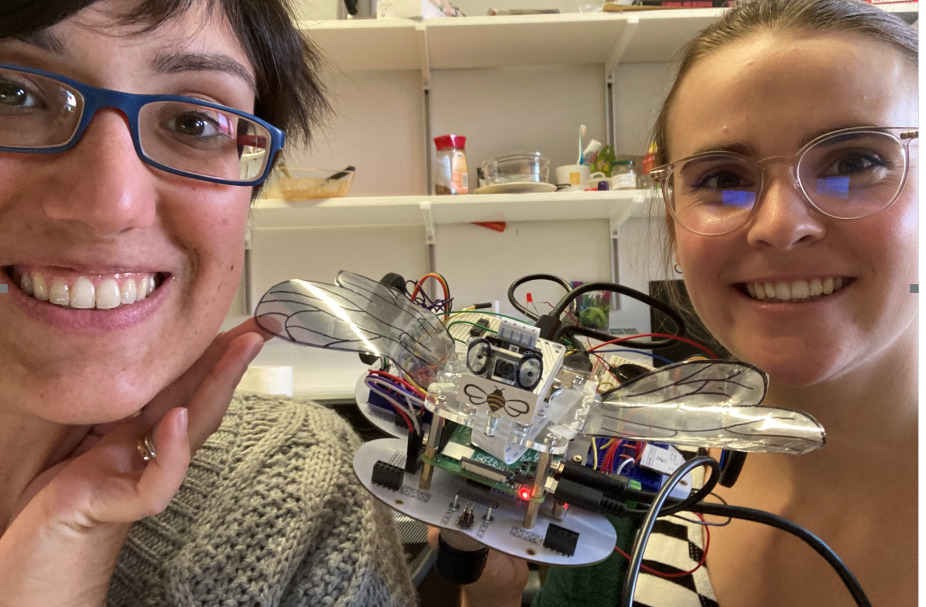
Duration
Each NeuroKit course lasts one week. During the morning students watch recorded lectures from the faculty at their own pace, and start building part of their systems, robots, behavioural experiments, etc. In the afternoon, students join the faculty online and/or a local tutor that guides them though the exercises and the more advanced stages of the assembling.
To finish the course and receive the certificate, participants need to complete a course project, designed by them. The project is usually submitted after 1 or 2 weeks from the course. . During this time, participants can continue to receive feedback from the faculty through an online platform..
Certificate
Once a final project is submitted by the participants and it is evaluated by the course faculty, a certificate and a letter for ECTS accreditation is sent to the participants.
Local teaching assistants can have their name added to the list of accredited Teaching Assistants, and have their name added on the course webpage
Now, more than ever, there is a need to create and distribute a standardized, and constantly updated, curriculum to all neuroscience students, to match the new advances in the field. The goal of this curriculum is to teach the fundamentals of state-of-the-art technology for acquiring neuroscience data (electrical, optical, and behavioural) and the computational skills for data analysis, which students require to interpret and interrogate their results.
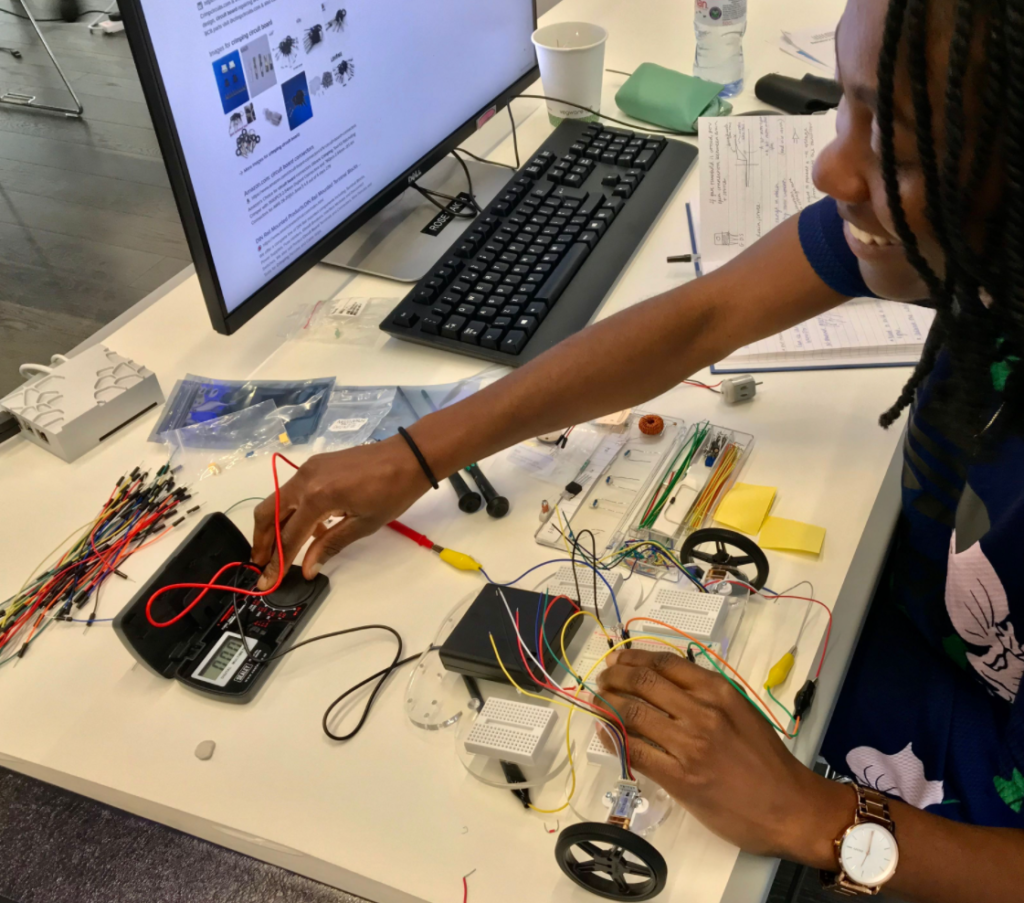
1. Practicality
Students receive hands-on training with real lab technology to build data acquisition systems. The hands-on component is fundamental for in-depth applied knowledge.
2. Relevance
The coupling between the data acquired and the computational methods used to analyse the data encourages students to invest the time to acquire these vital digital skills.
3. Scalability
The high-quality recorded lectures and online content are reusable, allowing students from all over the world to receive the same outstanding training.
4. Accessibility
the physical components are standardized and shared across kits, which allows us to greatly reduce the cost per student.
5. Social Experience
A large community of international young researchers and experts in the field can be connected together through an online platform, sharing a common curriculum and the same physical materials.
6. Up-to-date:
Online lectures and hands-on materials are constantly updated by an international faculty of experts in the field, but also by the many international partners. This will guarantee that new local technological advances are also promptly integrated in the curriculum.
